Smoky Secrets: How to Master Grilling with Wood Chips on a Gas Grill
Table of Contents
- Introduction
- Why Use Wood Chips on a Gas Grill?
- Types of Wood Chips and Their Flavors
- How to Use Wood Chips on a Gas Grill
- Tips for Perfect Smoke
- Common Mistakes to Avoid
- Buying Guide
- Conclusion
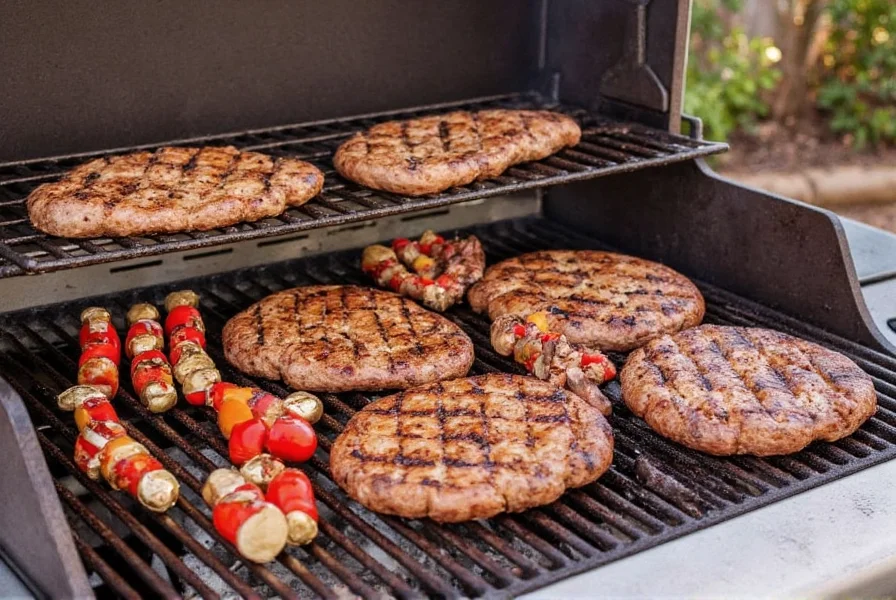
Introduction
If you're one of those people who thought gas grills were just for burgers and hot dogs, it’s time to think again. The secret weapon to turning your backyard grill into a smoky flavor factory? Wood chips. By using wood chips on your gas grill, you can infuse that classic barbecue taste into everything from ribs to vegetables — no smoker required.
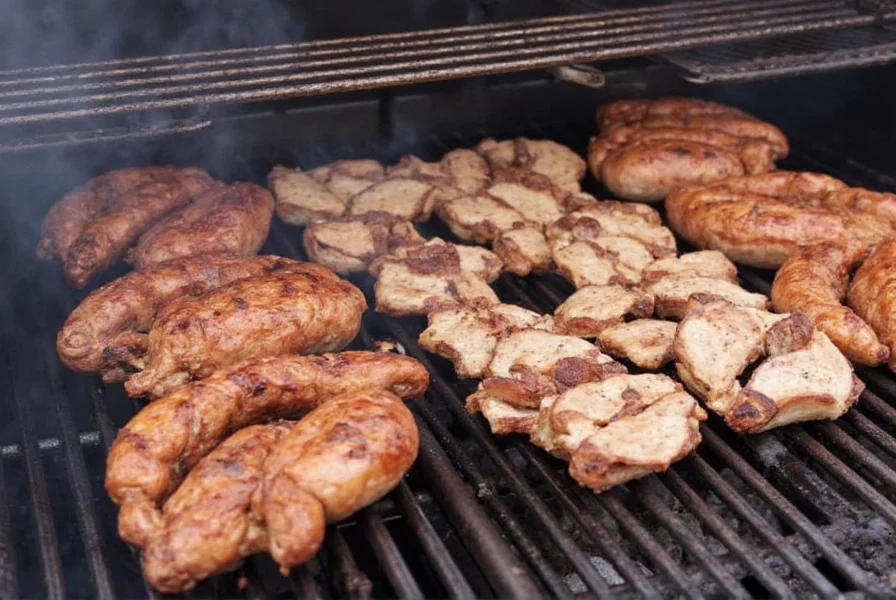
Why Use Wood Chips on a Gas Grill?
Gas grills are fast, convenient, and easy to control — but they often lack the deep, rich flavor you get from charcoal or wood-fired setups. That’s where wood chips come in. These small pieces of hardwood create smoke when heated, and that smoke is packed with aroma and flavor. Here's why you should give them a try:
- Flavor Boost: Adds a rich, smoky layer to your food.
- Versatility: Works well with meats, seafood, veggies, and even cheeses.
- Control: You decide how much smoke you want by adjusting the quantity of chips used.
- No Extra Equipment Needed: No need for a dedicated smoker; your gas grill does the job just fine.
Types of Wood Chips and Their Flavors
Not all woods are created equal when it comes to smoking. Each type of wood gives off a distinct flavor profile. Here's a handy comparison table to help you pick the right one for your next cookout:
| Wood Type | Flavor Profile | Best For | Burning Time |
|---|---|---|---|
| Mesquite | Strong, earthy, slightly sweet | Beef, lamb, game meats | Short burn time, high heat |
| Hickory | Rich, bacon-like, strong | Pork, ribs, brisket | Moderate to long |
| Oak | Medium intensity, balanced | Beef, poultry, fish | Long burn time |
| Apple | Sweet, mild, fruity | Poultry, pork, fruit | Moderate |
| Cherry | Slightly sweet, mild, with a red tint | Poultry, pork, cheese | Moderate |
| Pecan | Nutty, rich, mellow | Game meats, brisket, turkey | Long |
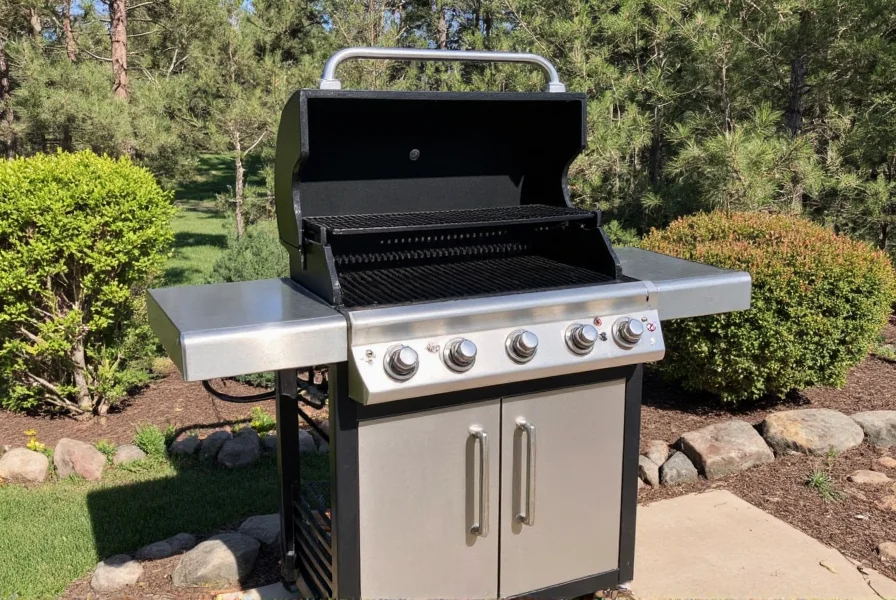
How to Use Wood Chips on a Gas Grill
You don't need a PhD in barbecue science to use wood chips effectively on a gas grill. Here's a simple step-by-step guide:
- Soak the Chips (Optional)
Soaking isn’t mandatory, but it helps prolong the smoke. Soak chips in water (or beer, wine, juice) for at least 30 minutes before use. Drain thoroughly before placing on the grill. - Create a Smoke Packet
Use heavy-duty aluminum foil and make a pouch filled with wood chips. Poke several holes in the top to allow smoke to escape. - Preheat the Grill
Turn on your gas grill and preheat on high for about 10–15 minutes with the lid closed. This ensures the chips will start smoking as soon as you place them in. - Place the Wood Chip Packet
Put the packet directly over a lit burner. If your grill has a dedicated smoker box, use that instead for easier handling. - Add Your Food
Once you see light smoke coming out, it’s time to add your meat or veggies. Close the lid to trap the smoke inside. - Monitor the Temperature
Keep an eye on your grill temperature. Too hot, and the smoke might turn bitter. Aim for around 225–275°F for low-and-slow smoking.
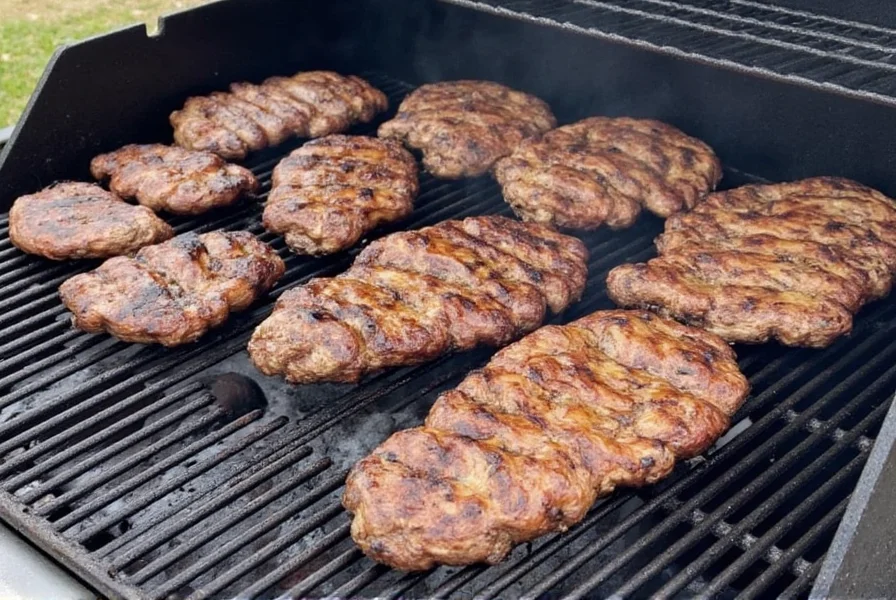
Tips for Perfect Smoke
Getting that ideal balance of smoke and heat can be tricky if you're new to this. Here are some pro-level tips to keep your grilled foods perfectly smoked every time:
- Start Small: Don’t overload your grill with chips. A handful or two is enough for most sessions.
- Mix Woods for Unique Flavors: Combine apple and hickory for a sweet and smoky punch. Just don’t go overboard — too many flavors can clash.
- Experiment with Liquids: Soak your chips in something other than water like wine, bourbon, or citrus juice for a flavor twist.
- Use a Thermometer: Monitor both the internal temperature of your food and the overall grill temp for best results.
- Don’t Open the Lid Too Often: Every time you lift the lid, you lose heat and smoke. Try to limit peeking until it's almost done.
Common Mistakes to Avoid
Even seasoned grillers sometimes fall into common traps when trying to master wood chip smoking. Here’s what not to do:
- Using Too Many Chips: More isn’t better. Overloading can lead to bitter, acrid smoke.
- Using Softwoods: Pine, cedar, and other softwoods contain resins that can produce harmful smoke and bad flavors.
- Forgetting to Clean the Burners: Clogged burners mean uneven heat, which affects smoke production and cooking results.
- Not Letting the Meat Rest: After pulling off the grill, let the meat rest for 5–10 minutes. It allows juices to redistribute and enhances flavor retention.
Buying Guide
Choosing the right wood chips can elevate your grilling game. Here are some top picks based on features, quality, and user feedback:
Lynx Pro Performance Hardwood Smoking Chips
Features: 100% natural hardwood, no additives or fillers.
Advantages: Consistent burn and clean smoke.
Best For: serious grillers and smokers.
Occasion: Weekends with friends or family BBQs.
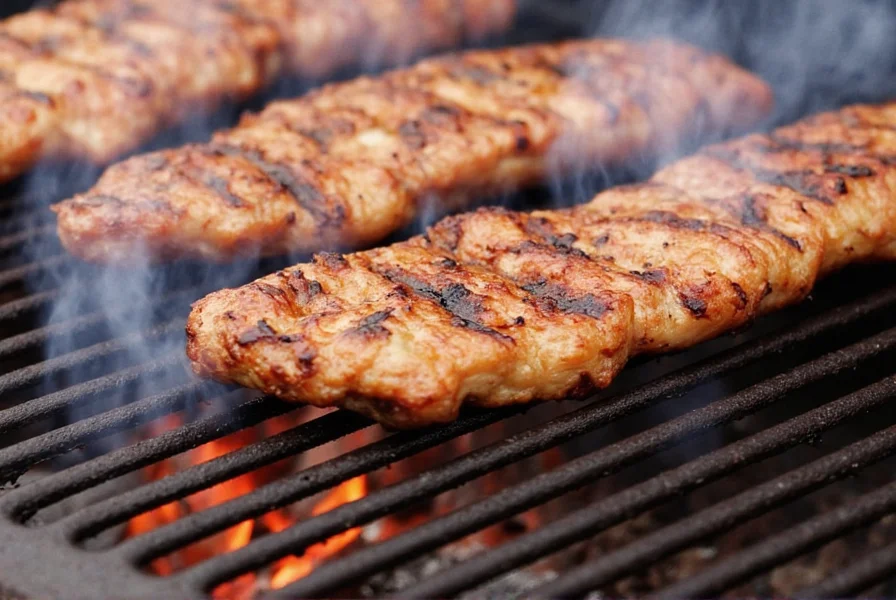
Jack Daniel's Oak & Hickory Blend
Features: Signature blend of oak and hickory soaked in Jack Daniel’s whiskey barrels.
Advantages: Adds depth and a slight whiskey note to smoked foods.
Best For: Bourbon lovers and adventurous grillers.
Occasion: Parties, themed cookouts, steak nights.
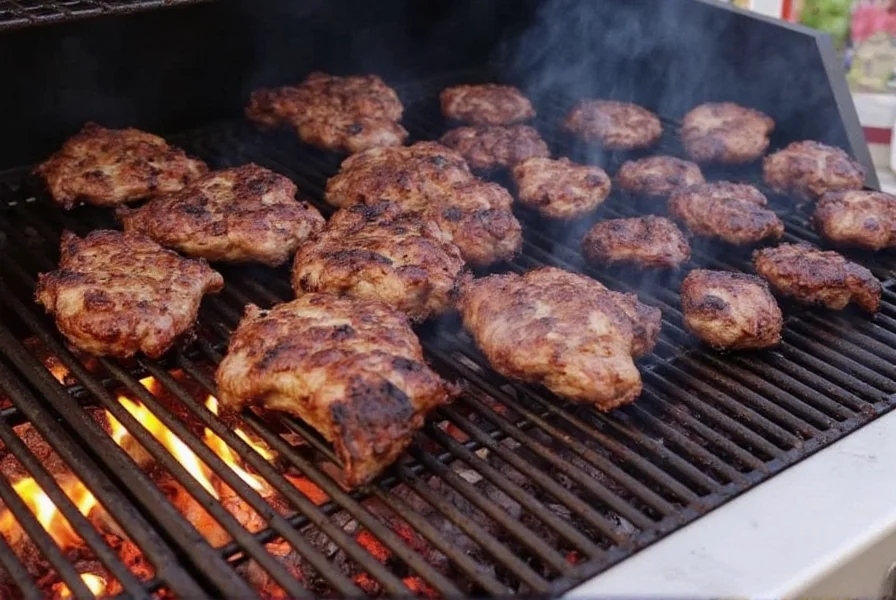
W.C. Bradley Select Mesquite Chips
Features: All-natural mesquite without any chemicals.
Advantages: Strong flavor, great for bold meats like brisket or venison.
Best For: fans of intense smoke profiles.
Occasion: Competitive BBQs, tailgates, big weekend cookouts.
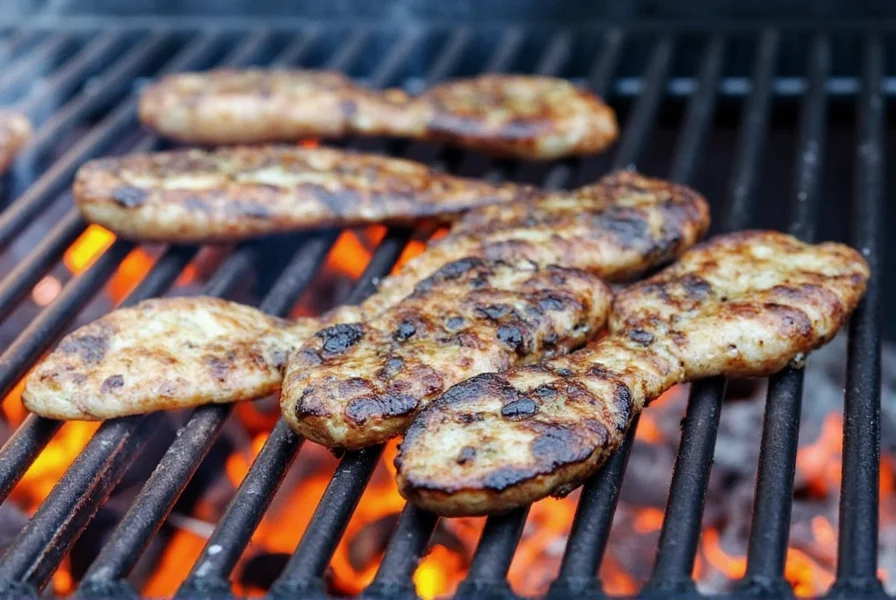
Conclusion
Grilling with wood chips on a gas grill opens up a whole new world of flavor possibilities. Whether you're a casual backyard griller or someone aiming for competition-level mastery, adding wood chips is a simple way to take your meals from good to unforgettable. From choosing the right wood type to mastering smoke management, there's always room to experiment and improve.
Remember, practice makes perfect. Start with mild woods, play around with different combinations, and most importantly — have fun while doing it. With the right tools and a little know-how, your gas grill can become your personal smokehouse, delivering mouthwatering meals all year round.
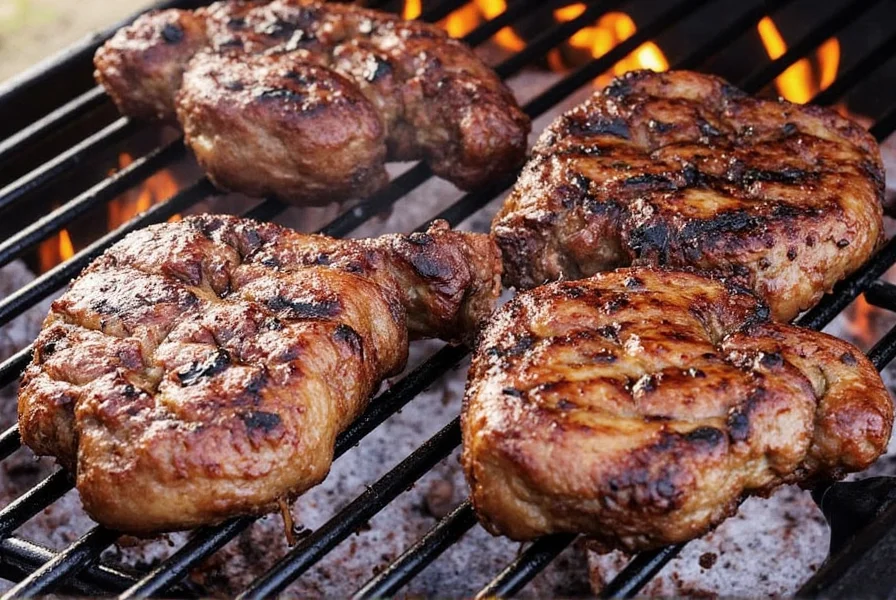

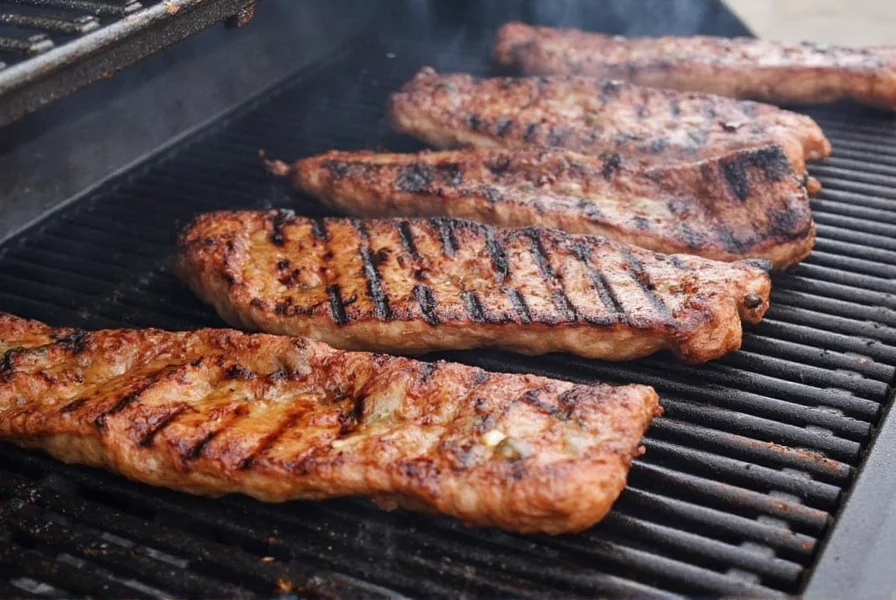









 浙公网安备
33010002000092号
浙公网安备
33010002000092号 浙B2-20120091-4
浙B2-20120091-4